How to safely replace a car battery
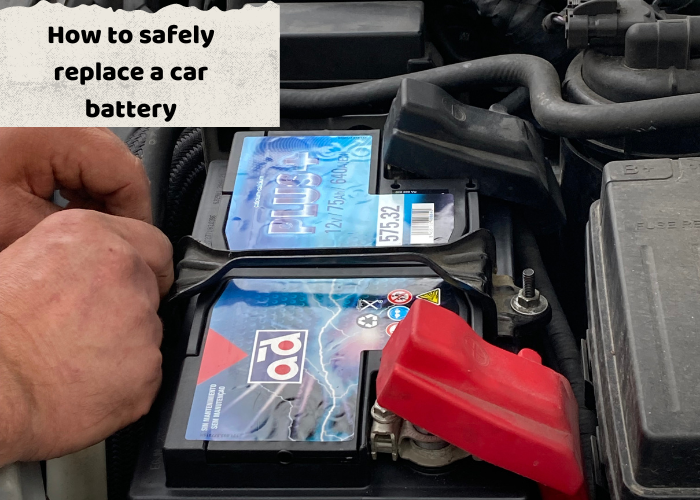
Hi friends,
At the weekend my car gave up because the battery reached the end of its useful life. I say it reached the end of its useful life because after days without starting the car, when I went to start the car there was no sign of power and when I opened the bonnet I found the negative pole totally sulphated.
Therefore, I had to replace the battery this morning and I will explain the precautions you should take to replace the battery correctly and safely.
- Selecting the correct battery
- Select the correct voltages and amperage.
To do this we must check that it has the same voltage, which is usually 12 V in vehicles and 24 V in trucks.
We must look at the amperage/hour or nominal capacity which is usually 60, 65, 70 Ah.
Current intensity that the battery is capable of generating at a given moment for 30 seconds at -18ºC without the voltage dropping below the nominal 12V, normally at start-up. These are usually the values we see on the 600A, 700A, 800A, etc. battery.
In my case the battery I had in place was 12V, 74Ah and 680A.
- Select the correct size of battery.
A not minor issue, is to select a battery that has appropriate dimensions for the space available for the placement of the battery. This is an issue that in most vehicles is unimportant because of the large battery placement area, but we should not get carried away.
- Select a battery with the appropriate pole placement for our terminals.
In Europe most batteries have the negative pole on the right hand side and the positive pole on the left hand side. This is because European manufacturers usually place the cable to the negative pole on the right hand side.
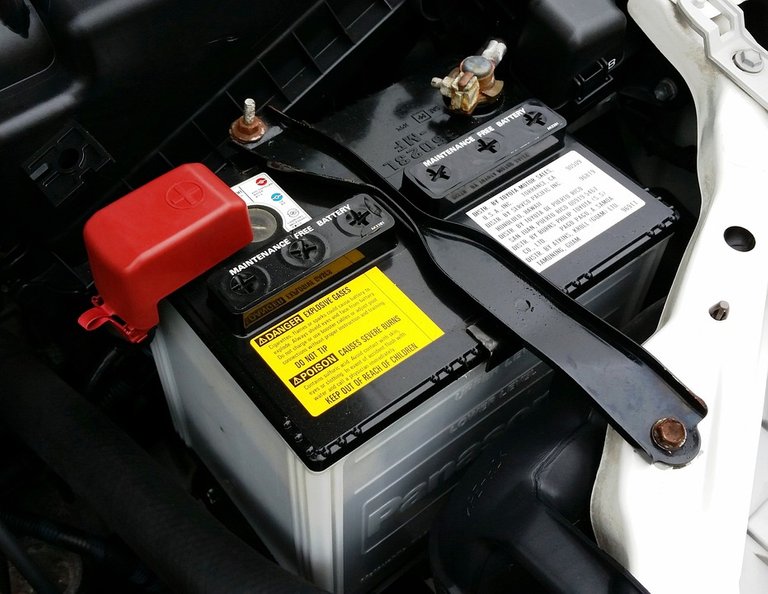
However, in my case my car is a Chevrolet and therefore of American make and therefore I have to select a battery with the positive pole on the right and the negative pole on the left to ensure that the battery connection cables reach the correct pole.
-Work safely.
One precaution that should always be followed is to work safely and for this purpose a couple of tricks are recommended
- Careful with tools
Do not place tools on the battery to avoid inadvertently touching the positive pole of the battery while the negative pole is connected.
- Disconnect the negative pole first
To avoid discharging, do not switch the ignition on and always disconnect the negative pole first. This way there is no risk of electric shock.
It usually has an identifying black colour, also a symbol - and in my case it is the sulphated pole.
- Disconnect the positive terminal
Then disconnect the positive terminal, which usually has a red marking and a + symbol.
- Remove the battery locking systems.
At this point there are no electrical connections and it will be a safer job.
- Fitting the new battery and the positive terminal
When fitting the new battery, the positive terminal must be fitted first. Remember that removing the positive terminal while the negative terminal is connected will cause a current surge.
-Connect the negative terminal and secure the battery.
Once the positive terminal is attached, it is time to attach the negative terminal and secure the battery to prevent it from moving.
- A little petroleum jelly is recommended.
I didn't have petroleum jelly, but it is advisable to put some petroleum jelly on the terminals. This will extend the life of the battery and prevent corrosion.
- Recycling Batteries
Batteries are highly toxic, as most of them contain lead. It is advisable to take them to a recycling centre. Many of them can even give us a few dollars or euros depending on the weight of the battery.
I hope you will find it useful
Best regards.


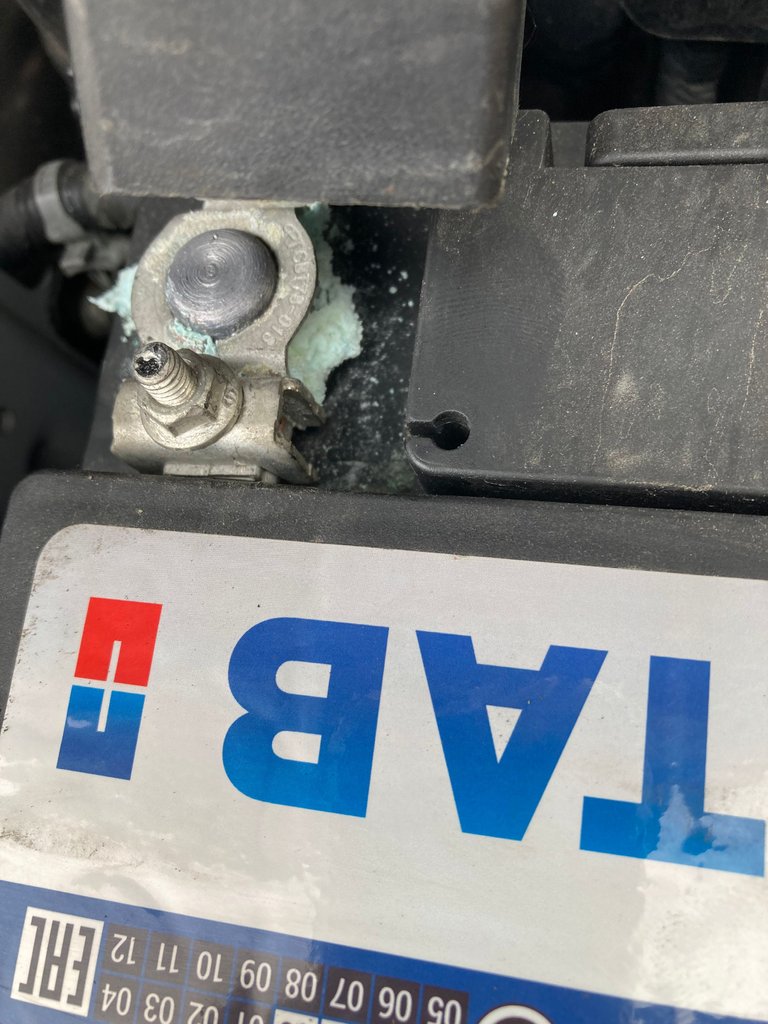
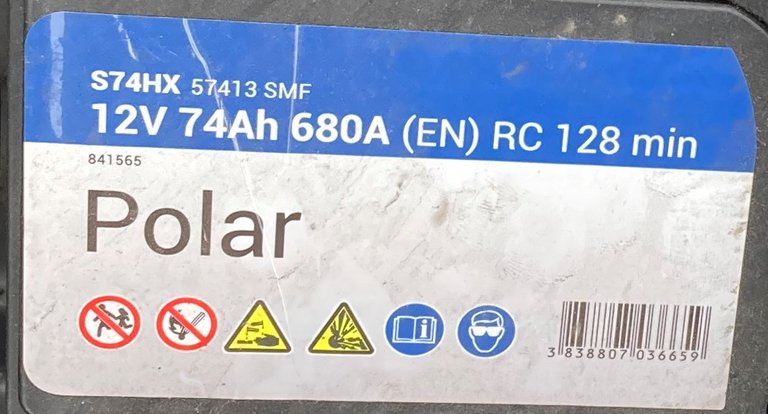
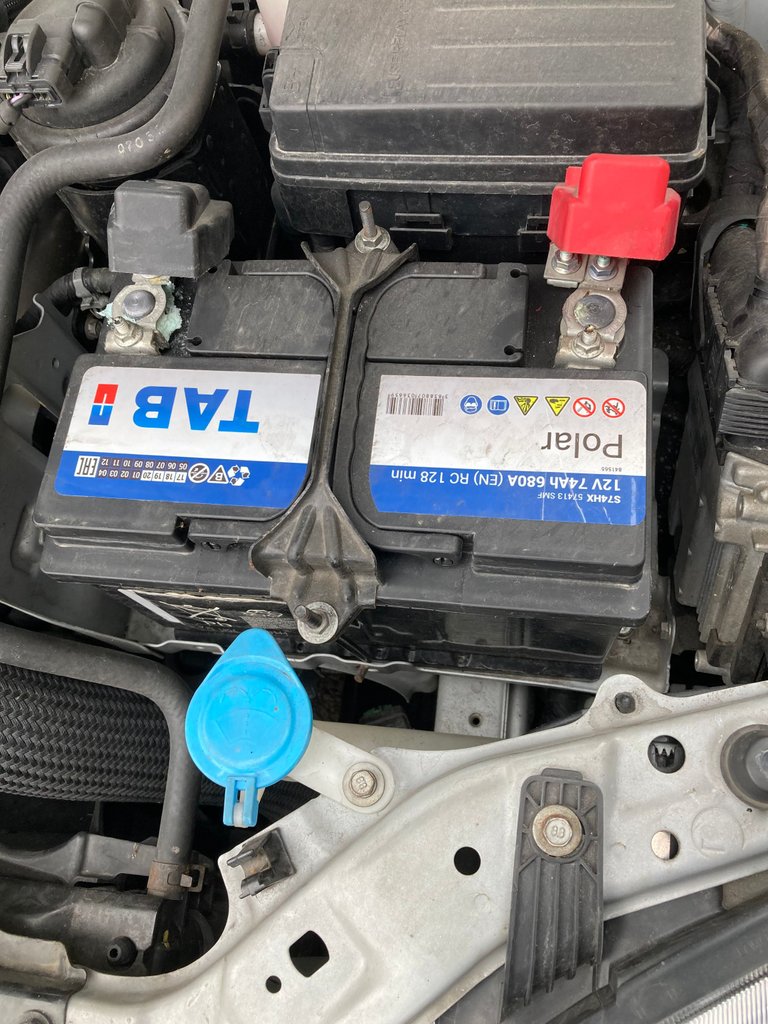
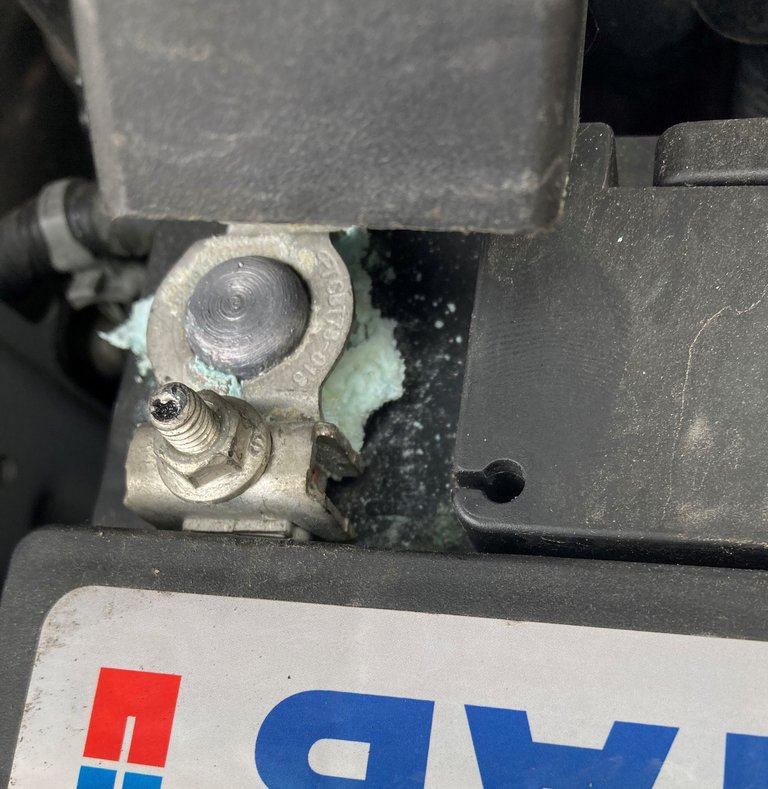
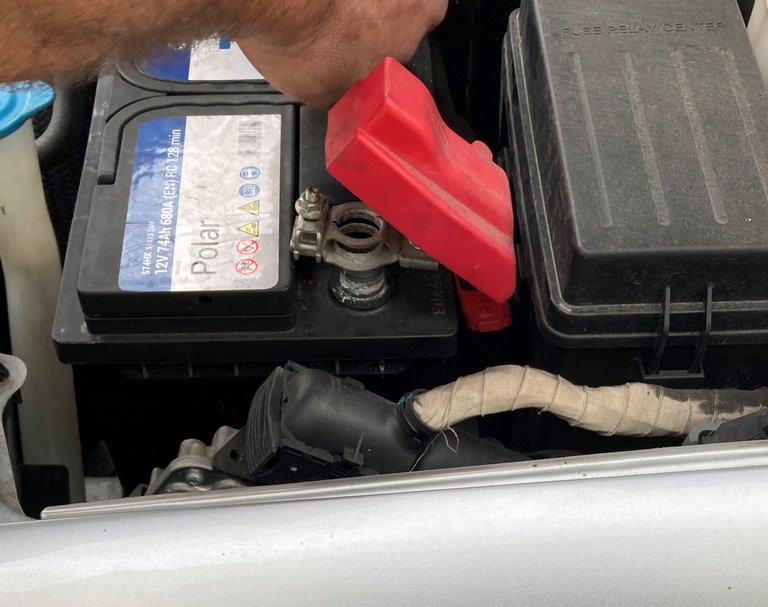
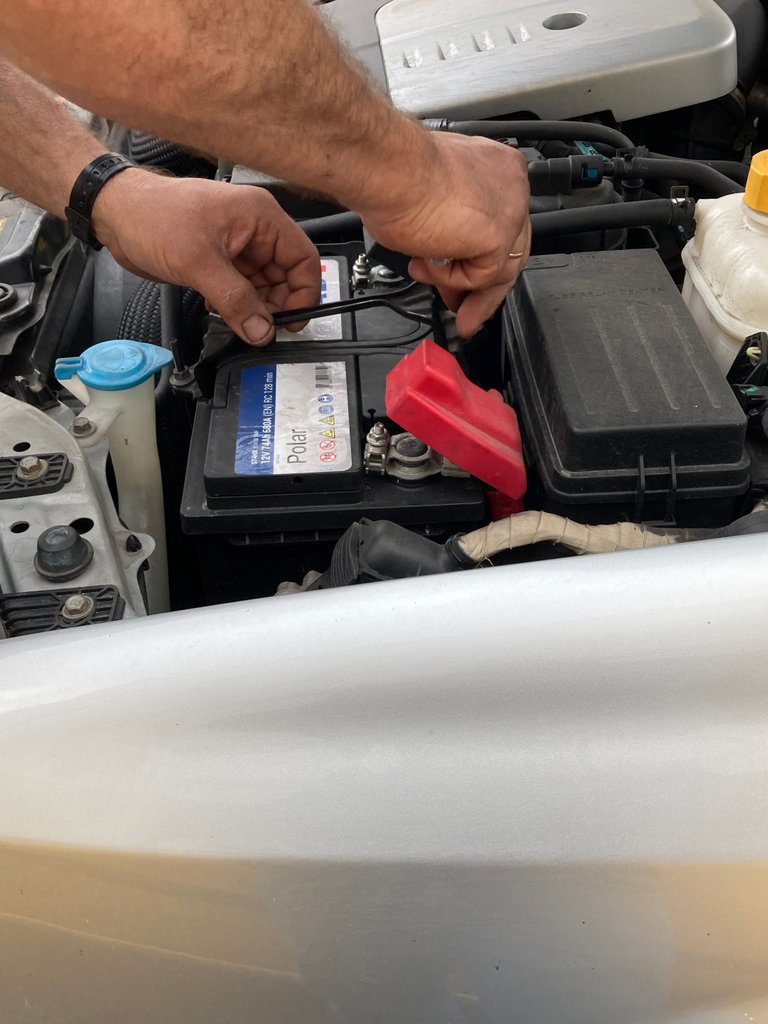
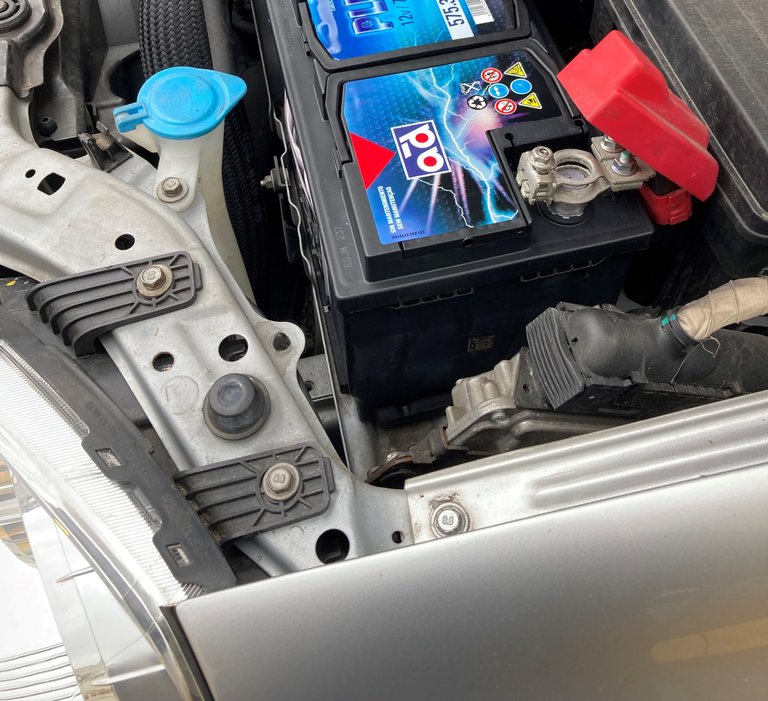
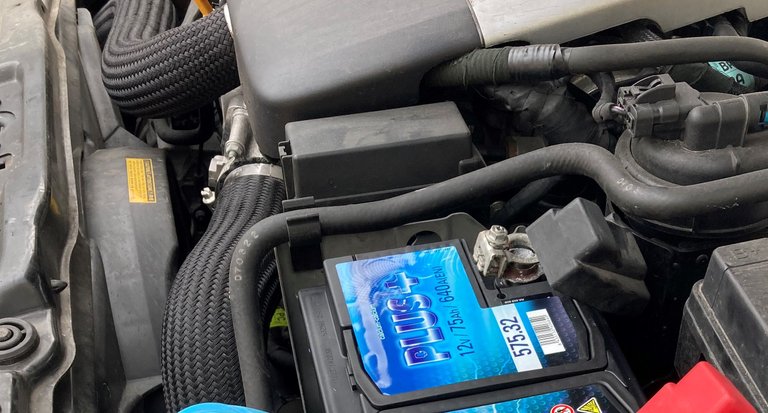
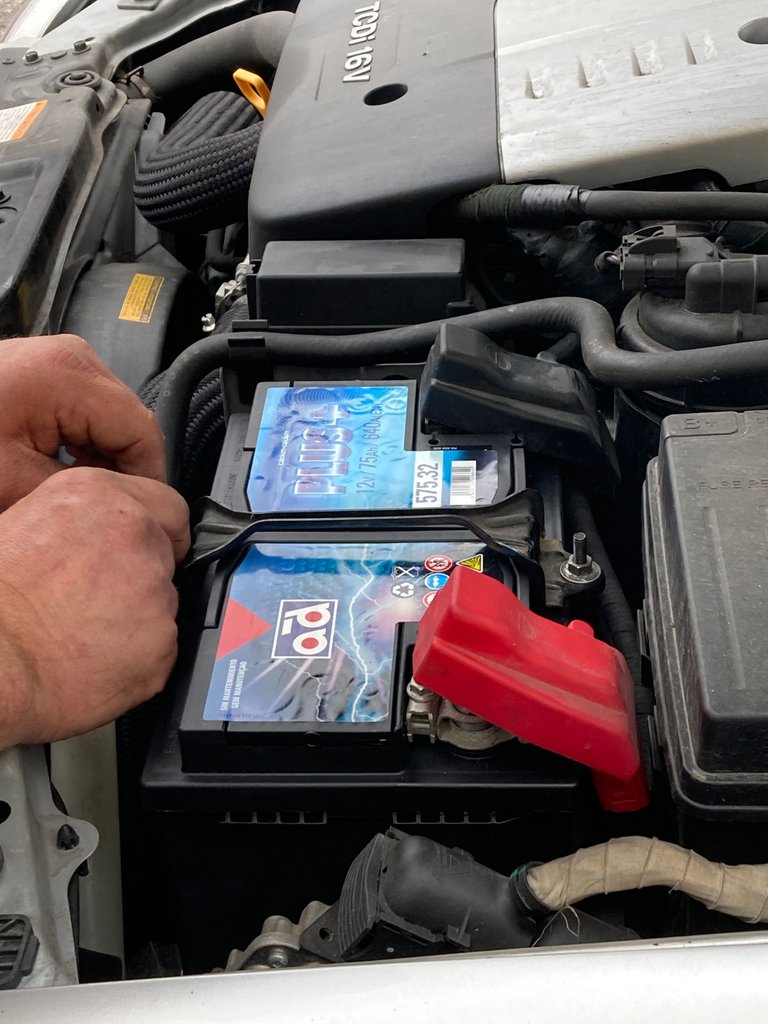
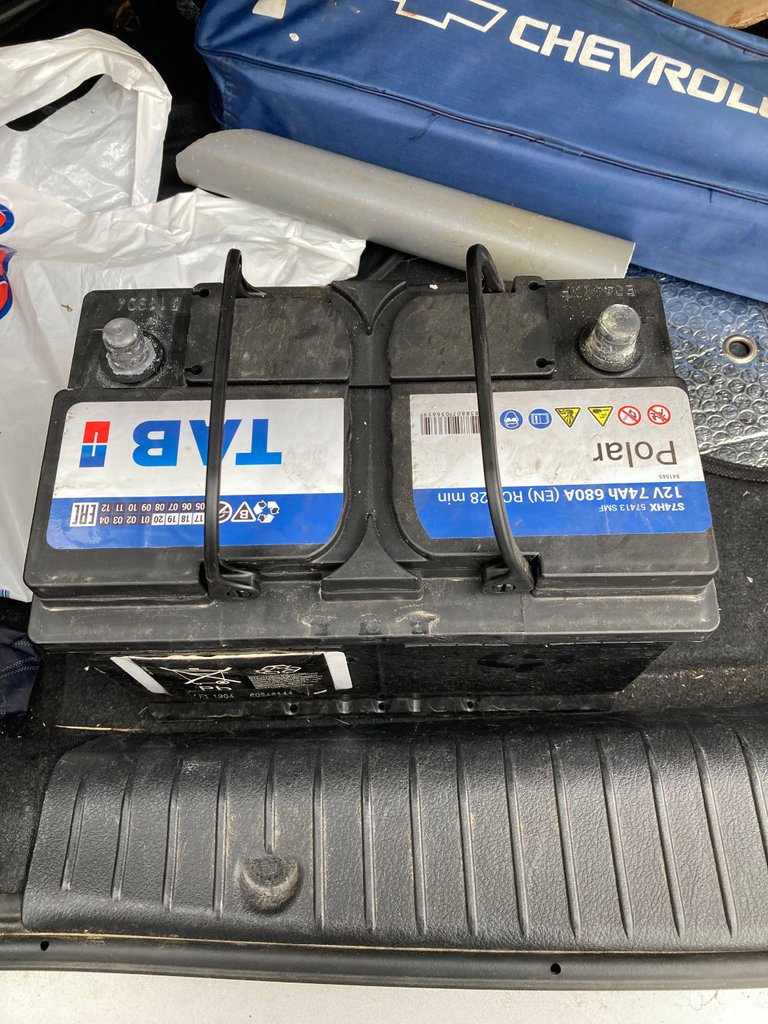
It seems simple and sometimes we assume that everyone who has a vehicle knows these things, but it is not so, for example, the importance of always remove the negative pole cable first, good publication.
Thank you for your comment
I found it useful to show something so simple that avoids many problems.